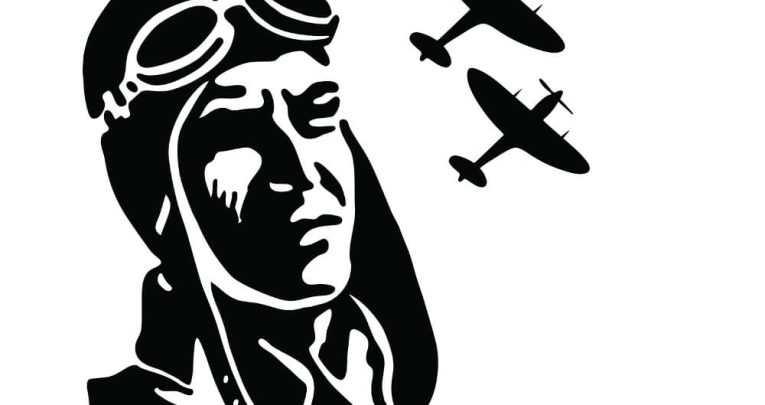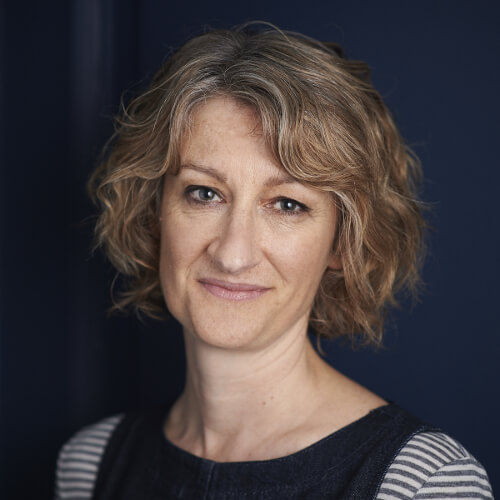Why Primary Children Should Read About Topics Like War

If nothing else, stories that open children’s eyes to history and give them a clearer insight into the plight of others and the modern world, says Emma Carroll…

- by Emma Carroll

It was a standard Sunday afternoon at my mother-in-law’s: dogs and humans sprawling on sofas, the teapot full, a discussion underway about whether the out-of-date biscuits were worth risking.
“Think yourselves lucky,” my mother-in-law mused. “When I was a girl we chewed candlesticks because we couldn’t get bubble gum. It almost tasted the same.”
She was talking about rationing, that ‘girl’ being an evacuee sent to Somerset from the East End of London during WW2.
This little snippet of information was the seed from which my book Letters From the Lighthouse grew. Here was a child taken from her home and her parents by war.
It was living, breathing history – accessible, personal and engaging in a way that I hoped would translate into a gripping adventure story. What shocked and surprised me as I wrote it, was how relatable, how modern her experience seemed.
War stories have always been popular with young readers. Daily peril, interruptions to everyday life, flexible rules, new possibilities, the lack of responsible adults, all make for great story fodder.
Books such as War Horse by Michael Morpurgo, Carrie’s War by Nina Bawden, Goodnight Mr Tom by Michelle Magorian are still bought, borrowed and read in huge numbers.
In the last few years, new stories have joined the canon: The Skylarks War by Hilary McKay, The Buried Crown by Ally Sherrick, Our Castle by the Sea by Lucy Strange, The Lost Magician by Piers Torday, to name a few.
All are books set in either World War I or World War II and its aftermath. All are cracking adventures, yet manage to give us more than cosy nostalgia.
These are stories about danger, violence, about losing your home or your family. They show us what it’s like to be young, frightened, living through a war. Which is where they become relevant to today’s readers.
Perhaps there’s not so much difference between an ‘evacuee’ and a ‘refugee’, and sometimes seeing the world through the distance history affords gives us a clearer insight into the world in which we live.
As a regular on Twitter, I asked two top teaching tweeters their thoughts.
Ian Hunt, headteacher at Springwood Heath School in Liverpool, believes children can learn plenty from war stories because “they give those suffering a voice so that readers around the world can hear it, share it, feel it”.
He adds: “They show the darkness humanity is capable of, but they also show the light.”
Classteacher Simone Goward from Greenacres Primary in Shrewsbury pointed out how stories help children “reflect upon complex issues and themes associated with war in a way that is understandable to them”.
What we do know is that wars displace people. The effects of current conflicts such as in Syria and Afghanistan are felt every day by people being unable to continue their lives, their education, their professions because of violence.
Books are a way of opening our eyes to their plight, and three stand-out stories I’d thoroughly recommend are The Bone Sparrow by Zana Fraillon, The Boy at the Back of the Class by Onjali Q Rauf and Sarah Crossan’s The Weight of Water.
All are suitable for KS2 readers, and carry important messages regarding empathy and how we respond to people who don’t appear to be the same as us, at least on the outside.
For me, this is why war stories are still relevant. Conflicts often start because of prejudice and misunderstandings, a ‘dehumanising’ of the enemy.
World War II had its roots in the racial hatred and propaganda stirred up by Hitler’s National Socialist Party, who were keen to ensure certain ethnic groups shouldered the blame for society’s problems.
Even just last month, on Holocaust Memorial Day, BBC news reported the findings of a recent survey, showing 5% of UK adults don’t believe the Holocaust happened; almost two-thirds of those questioned didn’t know how many people had died under the Nazi regime. These statistics are appalling.
Before leaving the profession to write, I was a secondary teacher for nearly 20 years.
The school where I worked, in a small Devon town, had a catchment of predominantly white, working or lower-middle class children, with Portuguese, Filipino and Polish students in the minority.
In school, students were mostly accepting of each other’s differences. Out of school, factors such as home environments and the media often challenged that tolerance.
To overcome this, questions to ask include:
- How do children welcome new arrivals to your class?
- Are there opportunities to share language/cultural experiences?
- Who is best placed to tell a child’s story? An adult, a friend, the child themselves?
- How do you address prejudice in your classroom? Are children aware that certain words or behaviours are unacceptable, and understand why?
- Do your students understand that bias exists in the news? Can they spot a sensational/manipulative headline in a newspaper?
- Do they know and demonstrate that boys and girls are equals? How do you challenge negative/ reinforce positive behaviours?
My experience made me realise just how significant the classroom is in how we teach young people that differences can be overcome.
Emma Carroll was a secondary school English teacher for many years and is the author of When we were Warriors (£6.99, Faber & Faber). Follow her on Twitter at @emmac2603.










